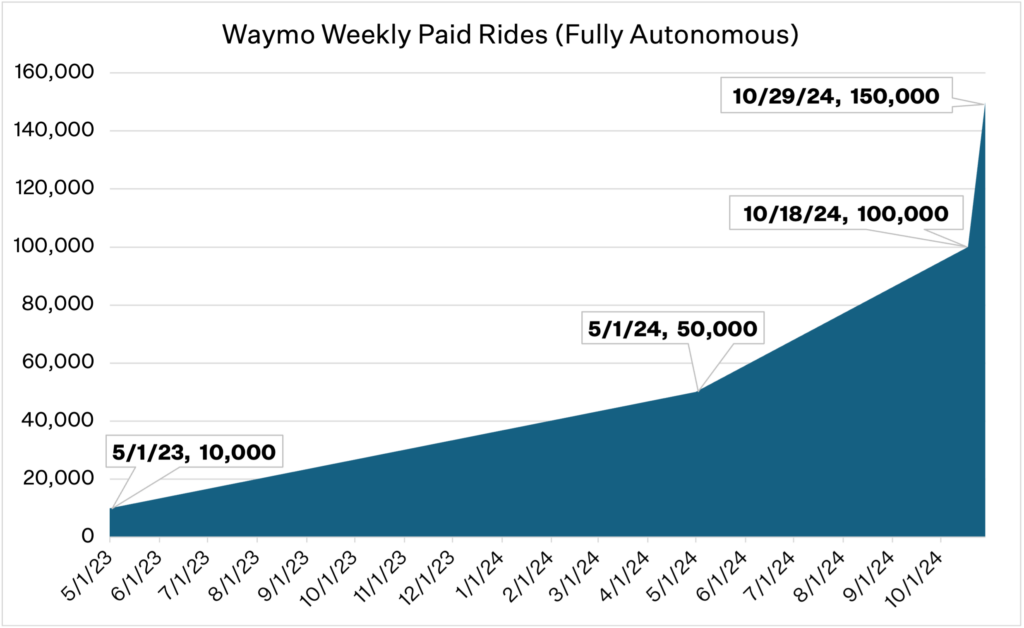Solving for Waymo's value
At its most basic level, the question of ‘What is Waymo worth to Alphabet investors?’ revolves around two key questions:
- How profitable will Waymo be by the end of the decade?
- How much of Waymo will Alphabet own when the business is eventually spun out?
The majority of this note is focused on the profitability topic. That analysis looks at the broader ridesharing market, Waymo’s earnings potential, and the multiple investors will likely pay for the business. Importantly, Alphabet investors should focus on the standalone value of the Waymo business (rather than its impact on Alphabet’s operating income), as unlocking Waymo’s value will likely come in the form of a stock dividend.
The question of Alphabet’s percentage ownership is crucial, yet unfortunately, we lack a clear answer, as the company does not disclose the segment’s cap table. This lack of transparency is unique to the Waymo discussion, given that Alphabet has raised over $10 billion in outside capital over the past four years. Based on the capital raised to date, and assuming an average 30% markup for those external investors, I estimate that Alphabet owns approximately 70% of Waymo.




